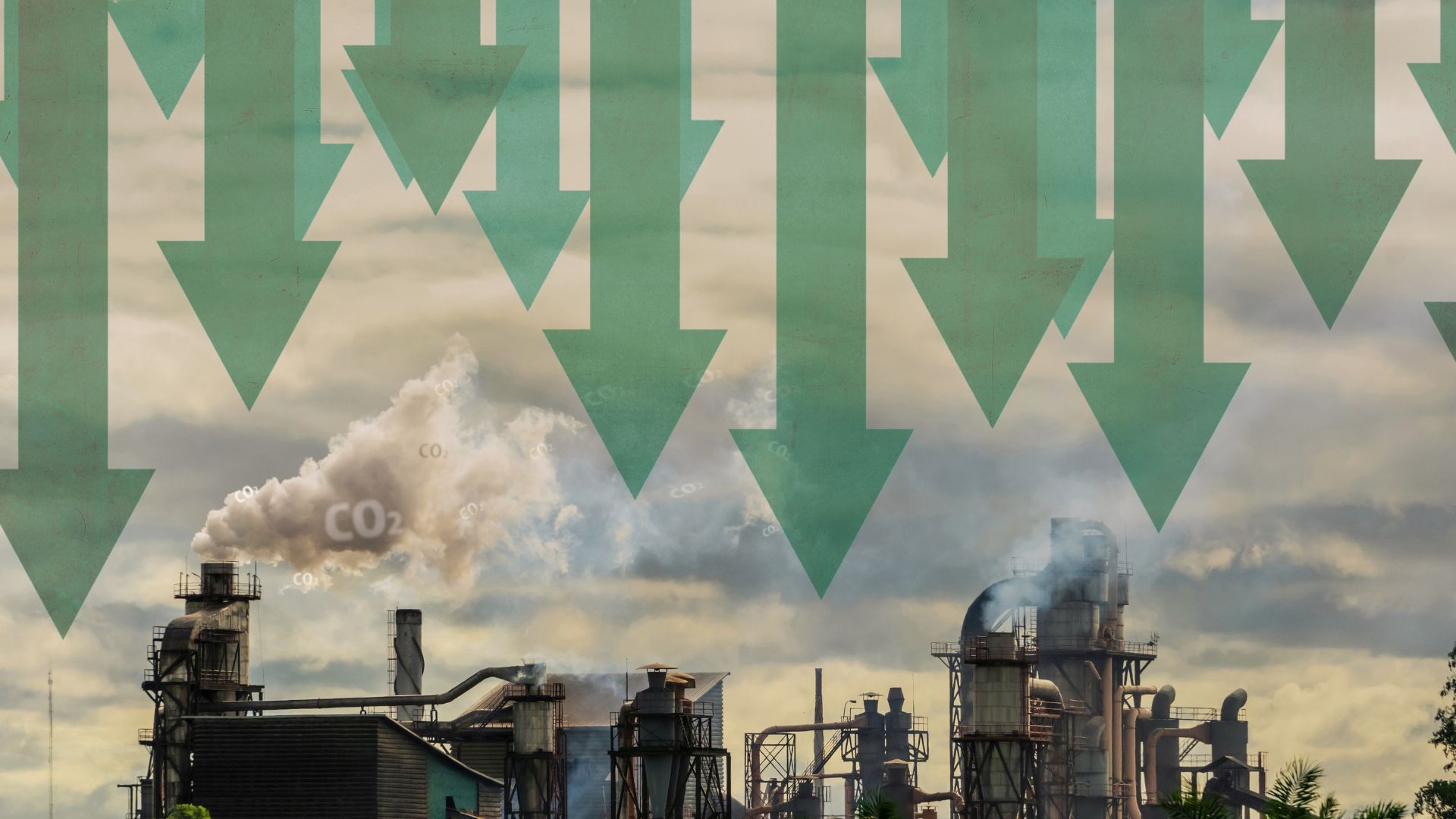
Why 2025 Could Be a Turning Point for Germany’s Hydrogen Economy
January 9, 2025Germany’s Greenhouse Gas Reduction and the Strategic Role of Hydrogen Energy
Germany, recognized as Europe’s largest economy, continues its transition toward a low-carbon future. While greenhouse gas emissions decreased in 2024, the pace of progress has slowed. Adding a fresh perspective to the nation’s climate strategy, hydrogen energy stands as a promising solution. With plans to establish a 525-kilometer hydrogen pipeline network by 2025, this initiative underscores Germany’s commitment to integrating renewable technologies across multiple sectors.
Greenhouse Gas Trends Indicate Progress but Challenges Persist
According to a recent study by Agora Energiewende, Germany managed a three percent reduction in greenhouse gas emissions in 2024, compared to a significant 10 percent drop in 2023. Though these numbers indicate continuing progress, they reveal a marked slowdown in decarbonization efforts. The country’s emissions, now at a historic low of 656 million tonnes, are down by 48 percent from 1990 levels, nearing the EU’s 55 percent reduction target for 2030.
However, areas such as transportation, construction, and building energy use continue to lag behind expectations. Industrial emissions even saw a slight increase of two percent, emphasizing the need for further structural changes and investment in clean technologies. These challenges are particularly pressing given that fossil fuels remain a key contributor to the country’s emissions, exacerbating the effects of climate change.
The Role of Hydrogen in Germany’s Energy Transition
A pivotal piece of the climate puzzle lies in hydrogen energy. Germany’s newly approved hydrogen core network is expected to play a critical role, with the initial 525 kilometers set to be completed by 2025. This network is part of a broader plan to create a 9,040-kilometer hydrogen pipeline infrastructure by 2032. The strategy combines constructing new pipelines with retrofitting existing natural gas pipelines, helping to optimize costs and accelerate implementation.
The hydrogen network aligns with Germany’s objective to phase out high-emission technologies in energy production and heavy industry. Green hydrogen, produced via electrolyzers powered by renewable energy, will act as a clean alternative to traditional fossil fuels. Industries such as steelmaking, chemical production, and heavy transportation are prime targets for hydrogen adoption, particularly where electrification alone is insufficient to meet energy demands.
Germany’s Hydrogen Economy Timelines and Key Milestones
The first phase of the hydrogen network involves converting 507 kilometers of natural gas pipelines, with an additional 18 kilometers of new pipelines being built. The largest retrofit will stretch nearly 400 kilometers from the Baltic Sea town of Lubmin to Bitterfeld-Wolfen in Saxony-Anhalt. By 2025, this segment aims to facilitate the transport of hydrogen across Germany’s industrial centers and ports.
By 2032, the expanded hydrogen network is expected to interconnect all regions, creating a nationwide system capable of supporting diverse applications. RWE, one of the energy sector leaders, is set to commission a 100-megawatt electrolyzer in 2025, further contributing to the growth of hydrogen production and distribution systems.
Key Features of Germany’s Greenhouse Gas Reduction and Hydrogen Energy Strategy
-
Greenhouse Gas Reduction Progress
- Germany recorded a three percent reduction in greenhouse gas emissions in 2024, marking a slowdown compared to the 10 percent drop in 2023.
- Current emissions stand at 656 million tonnes, a historic low, achieving a 48 percent reduction from 1990 levels and inching closer to the EU’s 55 percent reduction target by 2030.
- Despite progress, sectors like transportation, construction, and building energy use continue to lag, while industrial emissions saw a slight increase.
-
Hydrogen Pipeline Network Development
- Germany plans to complete an initial 525 kilometers of its hydrogen pipeline network by 2025 as part of a 9,040-kilometer nationwide system to be operational by 2032.
- The network involves a mix of retrofitting natural gas pipelines (60%) and building new infrastructure (40%), optimizing costs and timelines.
- Key routes, such as a 400-kilometer stretch from Lubmin to Bitterfeld-Wolfen, are designed to connect ports, industrial centers, and hydrogen production sites.
-
The Role of Hydrogen in Energy Transition
- Hydrogen is seen as a clean energy solution, particularly green hydrogen, which is produced using renewable energy sources like wind and solar power.
- It addresses hard-to-abate sectors such as steel production, high-temperature industrial processes, and heavy transportation, where electrification isn’t sufficient.
- New hydrogen-powered infrastructure is expected to fill energy supply gaps during periods of low solar and wind availability, improving overall energy stability.
-
Timelines and Investments
- The first phase of the hydrogen network is scheduled to be operational by the end of 2025. This includes key milestones like the commissioning of a 100-megawatt electrolyzer in Lingen.
- The full 9,040-kilometer network is targeted for completion by 2032, with private sector investment supported by government policies and network fee caps.
-
Hydrogen Energy’s Broader Impact
- Hydrogen aligns with Germany’s overarching renewable energy strategy, complementing its 59 percent renewable electricity generation in 2024.
- It offers both environmental and economic benefits by reducing emissions and fostering innovation in green technologies.
- Its scalability and flexibility make it a critical asset for transitioning to a climate-neutral future.
By combining strategic infrastructure development with hydrogen technology, Germany aims to reinforce its position as a leader in clean energy, enabling it to meet its long-term climate goals while addressing immediate challenges.
Why Hydrogen Energy Is Key to Decarbonization
Hydrogen’s versatility makes it a vital part of Germany’s clean energy strategy. Unlike traditional fuels that rely on limited geographic resources, hydrogen can be produced anywhere using renewable energy sources. Beyond its role in industrial applications, hydrogen-powered plants could provide a reliable energy supply during periods of low wind or solar availability, ensuring grid stability. This dual functionality positions hydrogen as both an energy carrier and a means to decarbonize hard-to-abate sectors.
The use of hydrogen also aligns with Germany’s broader renewable ambitions. Last year, 59 percent of the country’s electricity generation came from renewable sources such as wind, solar, and biomass. Expanding hydrogen use helps diversify the clean energy mix while addressing gaps that renewables like wind and solar cannot bridge on their own.
Short-Term Applications and Long-Term Vision
Though the infrastructure for hydrogen energy is still in development, the technology can already be utilized in several practical ways. Industries that rely on high-temperature processes, such as steel production, can integrate hydrogen to reduce carbon emissions immediately. Likewise, hydrogen fuel cells can be used in public transportation fleets, such as buses and trains, to replace diesel engines.
Looking ahead, as Germany builds out its hydrogen network, the benefits will multiply. By 2032, the country could achieve significant emission reductions across multiple sectors, further solidifying its standing as a global leader in clean energy.
Harnessing Hydrogen for a Sustainable Future
Hydrogen energy represents a critical tool in Germany’s arsenal for combating climate change. While progress may have slowed elsewhere in the economy, initiatives like the hydrogen pipeline network demonstrate the potential for targeted strategies to drive meaningful change. Scaling hydrogen use now, particularly in industries and regions ready to integrate it, can pave the way for widespread adoption as infrastructure expands.
Strategic partnerships, clear governmental policies, and continued investment in green hydrogen technologies will be crucial. By prioritizing actionable goals, such as retrofitting existing systems and focusing on hydrogen-ready projects, Germany can demonstrate how clean energy solutions can power the future efficiently and sustainably.



 With over 15 years of reporting hydrogen news, we are your premier source for the latest updates and insights in hydrogen and renewable energy.
With over 15 years of reporting hydrogen news, we are your premier source for the latest updates and insights in hydrogen and renewable energy.